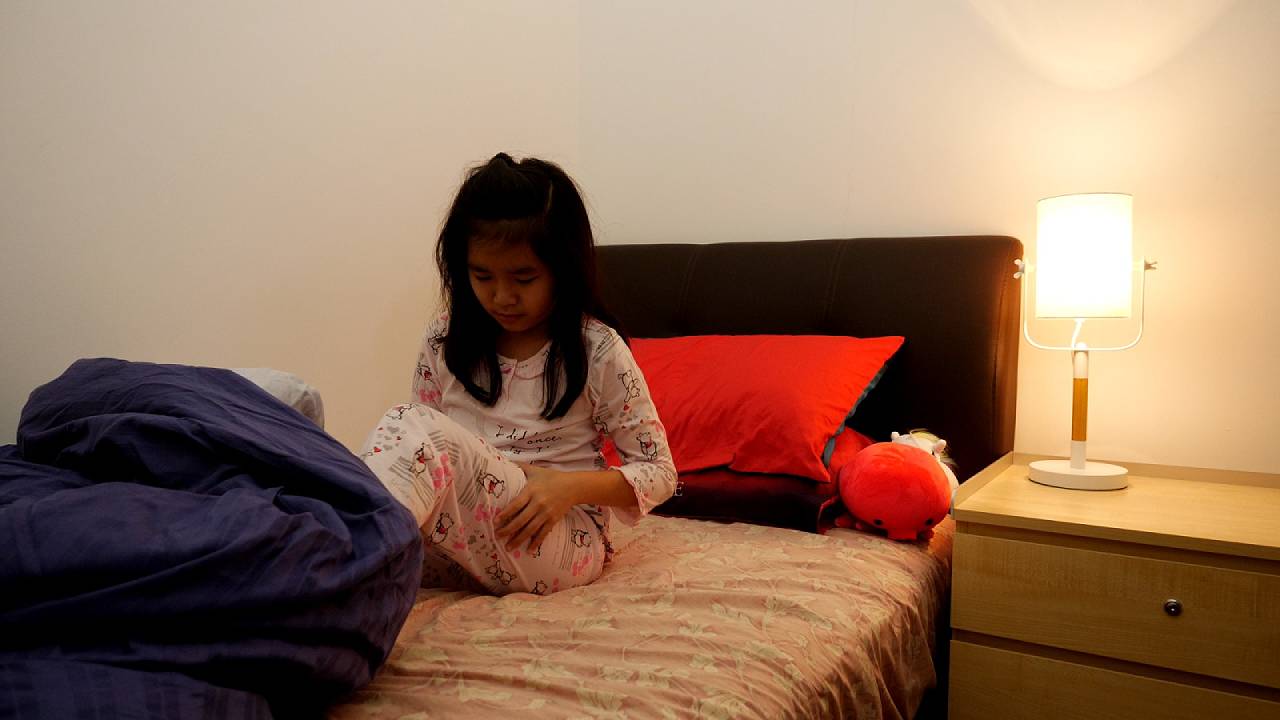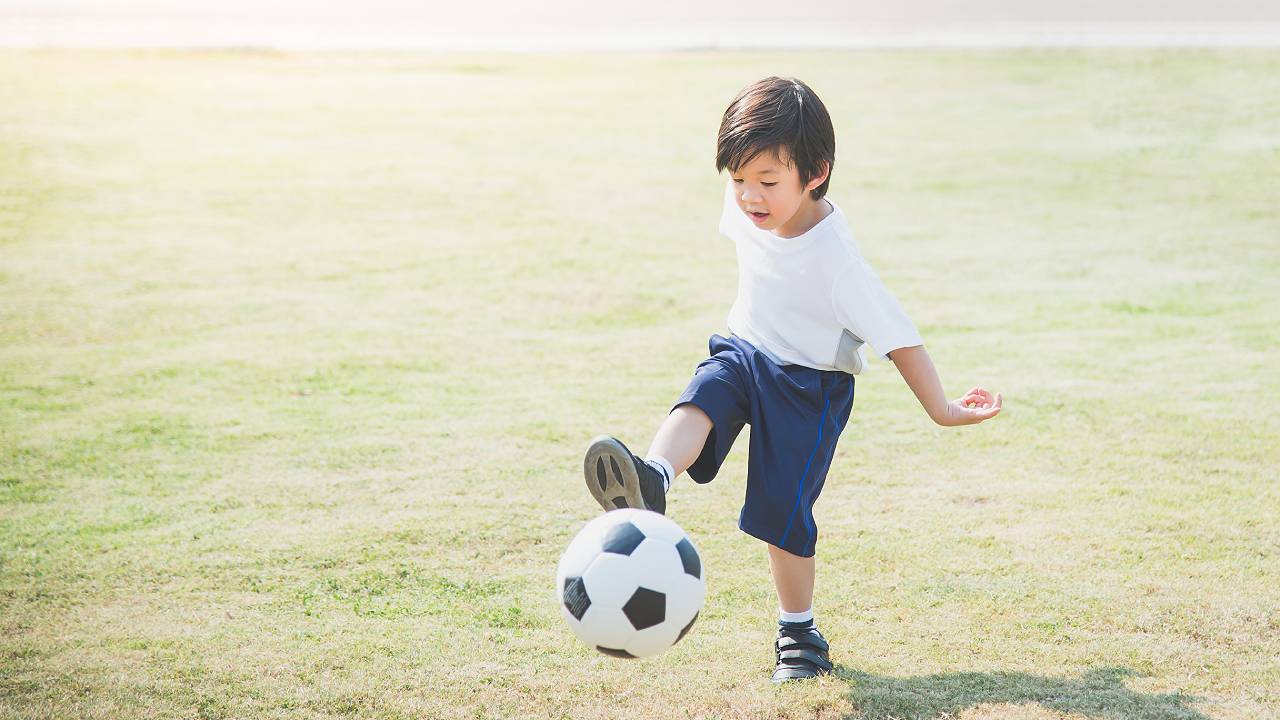Children occasionally complain of sore legs or pain around the lower half of the legs during the night. These sensations typically appear in children aged 3+ and are different for all children, some will experience such pains and some will not. These are commonly described ‘growing pains’. There are a number of misunderstandings about growing pains, including that it is a sign of osteoarthritis or that it is caused by the growth plate.
Growing pains as they are typically understood do not exist, but there are other conditions or scenarios that are responsible for the discomfort that children experience. The most typical of these would be flatfoot and hypermobility syndrome.
What symptoms are there?
- Pain occurs in the thigh, back of the knee, shin or calf
- Often affects both legs
- Usually occurs in the late afternoon or evening, sometimes at night
- Does not affect the joints

What causes growing pains?
While growth plates can be injured, they are not the cause of growing pains, as the growth plate itself does not cause pain to a patient unless in rare and serious scenarios. Some of the possible scenarios for commonly understood growing pains include:
- As the child grows and bones become longer, the muscles are unable to catch up and are stretched, causing an aching or pulling pain
- Misalignment syndrome including leg length difference, pelvic rotation or scoliosis cause overuse and rotational problems that result in secondary stress pain
- Pains occur mostly at night as there are fewer visual and sensory distractions around them, allowing them to focus on the pain that may have been previously suppressed or unnoticed
- Overuse of the muscles during daytime activities such as running, jumping, and climbing
- Medical conditions where the periosteum of the bone or even the growth plate become irritated or inflamed

How are growing pains diagnosed?
Your podiatrist can usually diagnose growing pains by taking a thorough history and further examining your child clinically and dynamically. Diagnostic ultrasound and x-rays can be used to evaluate growth plate concerns but are rarely required for such cases.
What are the possible solutions available?
As your child’s discomfort can be due to a number of varying causes, you should see a healthcare professional, especially if they are experiencing any of the following symptoms:
- Your child is having a fever and bone pain
- Unusual rashes over the joints or knuckles
- Pain that worsens after sports or activities
- Pain that never subsides
- Swelling or pain only in one leg or joint
Depending on the child’s diagnosis, approaches may include the use customised orthotics to correct underlying musculoskeletal issues as well as specialised interventions to address less visible conditions.
This means we should not simply disregard or brush off complaints of pain from our children as simple ‘growing pains’. Do not address your child’s with child aspirin as this can lead to serious complications with skeletal tissue and even conditions such as Reye’s syndrome. Massaging or icing will help but if the pain worsens or becomes recurrent, the child should see a podiatrist as the pain may be caused by biomechanical and musculoskeletal variances. For example, a flat foot that overuses and stresses the foot and growth plate during the day will be painful at night when there are fewer distractions for your child.




